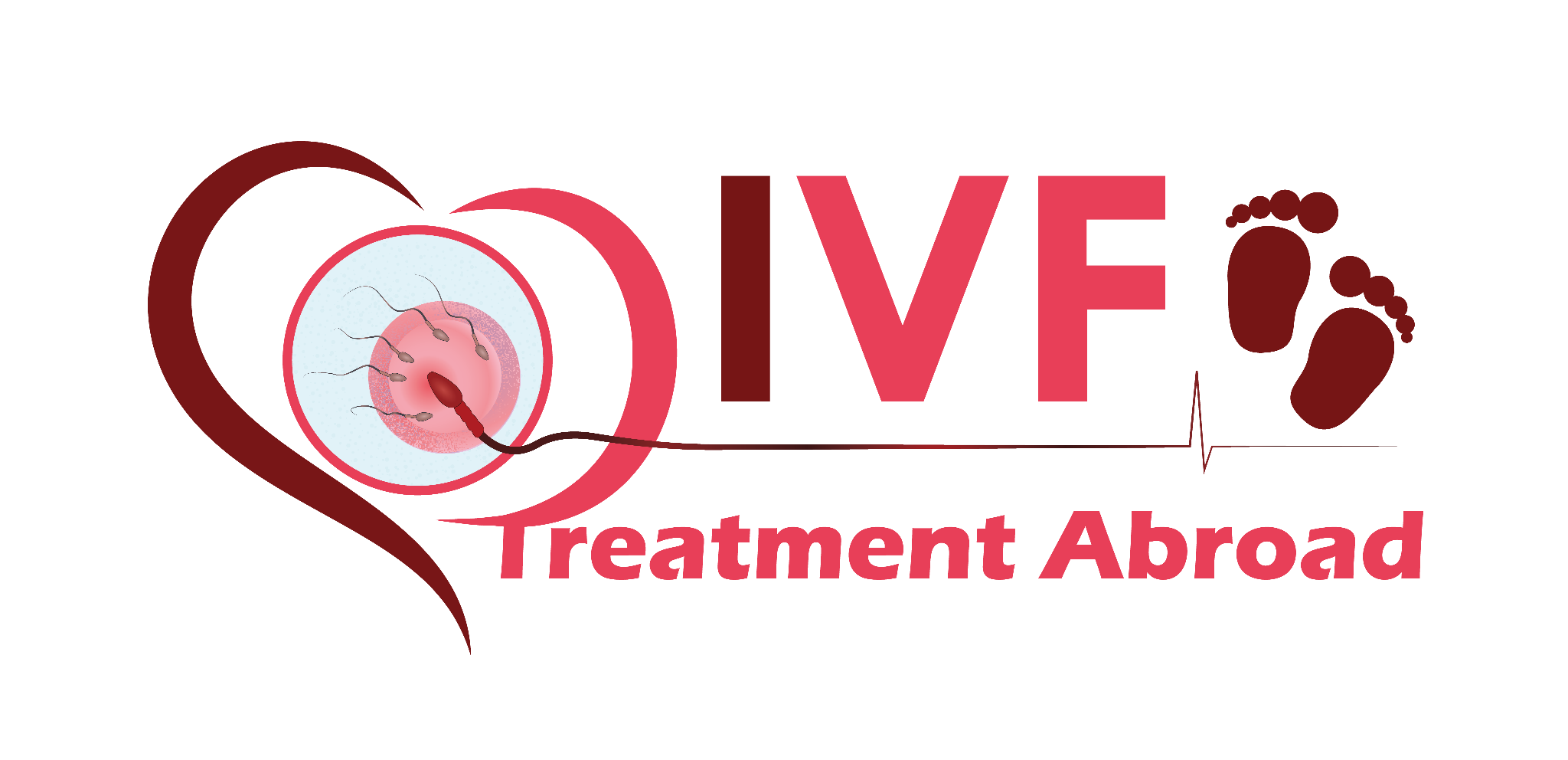- IN VITRO FERTILISATION (IVF):
This treatment is used in cases where either the male partner’s sperm sample is not at its best or the female partner’s tubes are blocked. It is the most effective and most used treatment for infertility. Medication is administered to the woman to create several follicles. Oocytes (eggs) are collected from these follicles and fertilized with sperm in the laboratory setting. Three or five days later, the resulting embryos are replaced into the uterus and any remaining ones can be frozen for future use.
- INTRACYTOPLASMIC SPERM INJECTION (ICSI):
This procedure is used when the sperm sample is not considered to be of enough quality to be used in conventional IVF. This could be due to a reduced count, percentage of motile sperm or a reduced percentage of normally shaped sperm. A single sperm is selected and injected into a mature egg which then hopefully becomes an embryo. These embryos are replaced in the uterus in the same as in IVF.
- SURGICAL SPERM RETRIEVAL (PESA; TESA; MESA):
Sometimes no sperm is seen in the ejaculate but there may be sperm in the testes. Sperm can be extracted surgically either under local or full anaesthetic and used with ICSI for treatment.
- OVUM (EGG) DONATION:
This treatment is used when a woman’s ovaries have stopped working or have reduced function due to going into the menopause early; undergoing chemotherapy/radiotherapy, or for women who have not responded to medication while undergoing IVF themselves. Donated eggs come from anonymous women who must have undergone a series of medical tests, an assessment of their medical history and have given voluntary consent to undergo this procedure. They are normally no more than 30 years of age. The number of embryos that can be replaced is dependent on the country you are having the treatment done in but in most cases no more than 2 embryos are recommended.
- SPERM DONATION:
In the case of when the male partner does not have any sperm, if a woman is undergoing treatment on her own or with her same sex partner, the use of donor sperm will be indicated. Donor sperm is available at all the clinics we work with.
- EMBRYO DONATION:
This is where we use an anonymous egg donor’s eggs with an anonymous sperm donor’s sperm to create embryos tailored to what you want in terms of physical characteristics. Higher cost but with higher success rates and often spare embryos of good quality (due to the use of proven donors) for future tries.
- EMBRYO ADOPTION:
This where the embryos are already created and frozen and are most likely left-over embryos from a different couple’s treatment. The cost is a lot less than embryo donation, but the chances of success is often lower as these are ‘left-over’ embryos. There are no details given regarding the outcome of that couple’s treatment and often you are only given very basic physical characteristics. There are usually long waiting lists for these.
- BLASTOCYST TRANSFER:
In IVF/ICSI/egg donation treatments if there are number of good quality embryos available the embryos can be grown in culture for up to 6 days rather than 3 days to assist in selecting the best embryos for transfer. This is becoming the norm in most clinics rather than an earlier embryo transfer.
- FROZEN EMBRYO TRANSFER:
Should a fresh cycle be unsuccessful, or the couple wish a further child if successful and there were spare embryos frozen, these can be used to have a further attempt. Embryos can be thawed and placed into the uterine cavity at the most appropriate time either in a natural or medicated cycle. A medicated cycle is used in most cases as this gives a higher pregnancy rate.
- PRE-IMPLANTATION GENETIC SCREENING (PGS):
This procedure is used where there is a concern that embryos may not be chromosomally normal, for example, where there is a known genetic problem, a history of unsuccessful treatments or several miscarriages or if the woman is in her late 30’s or 40’s and she may be producing a greater number of abnormal eggs. A cluster of cells are removed from each viable embryo created once they reach the blastocyst stage and then tested for the 23 chromosomes to detect abnormalities. Only chromosomally normal embryos are then replaced.
